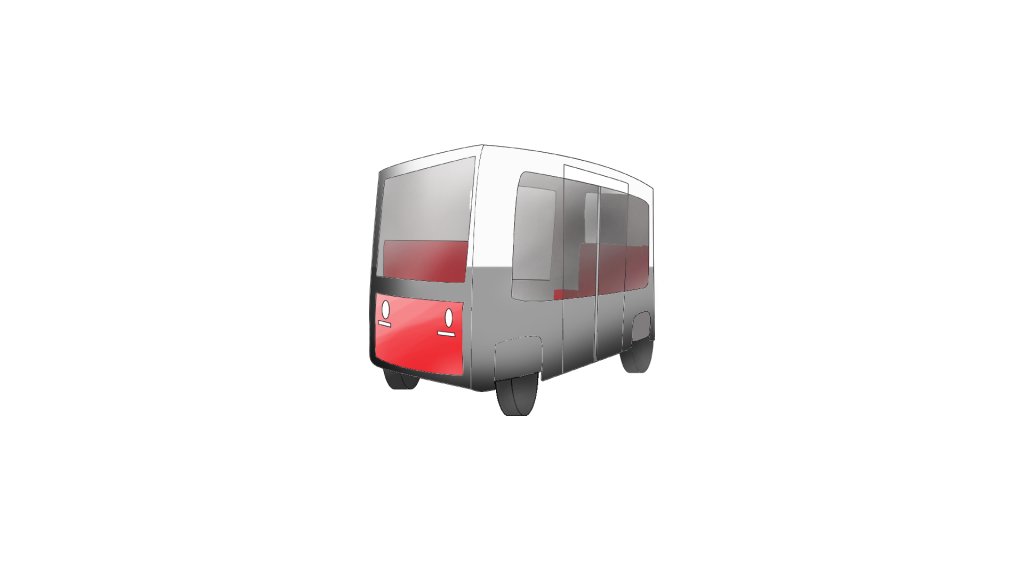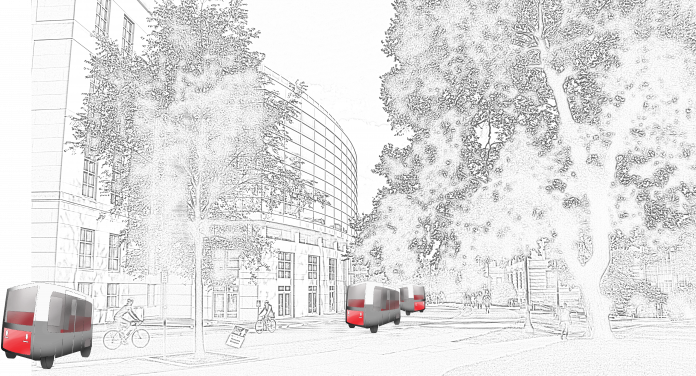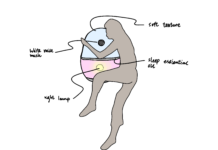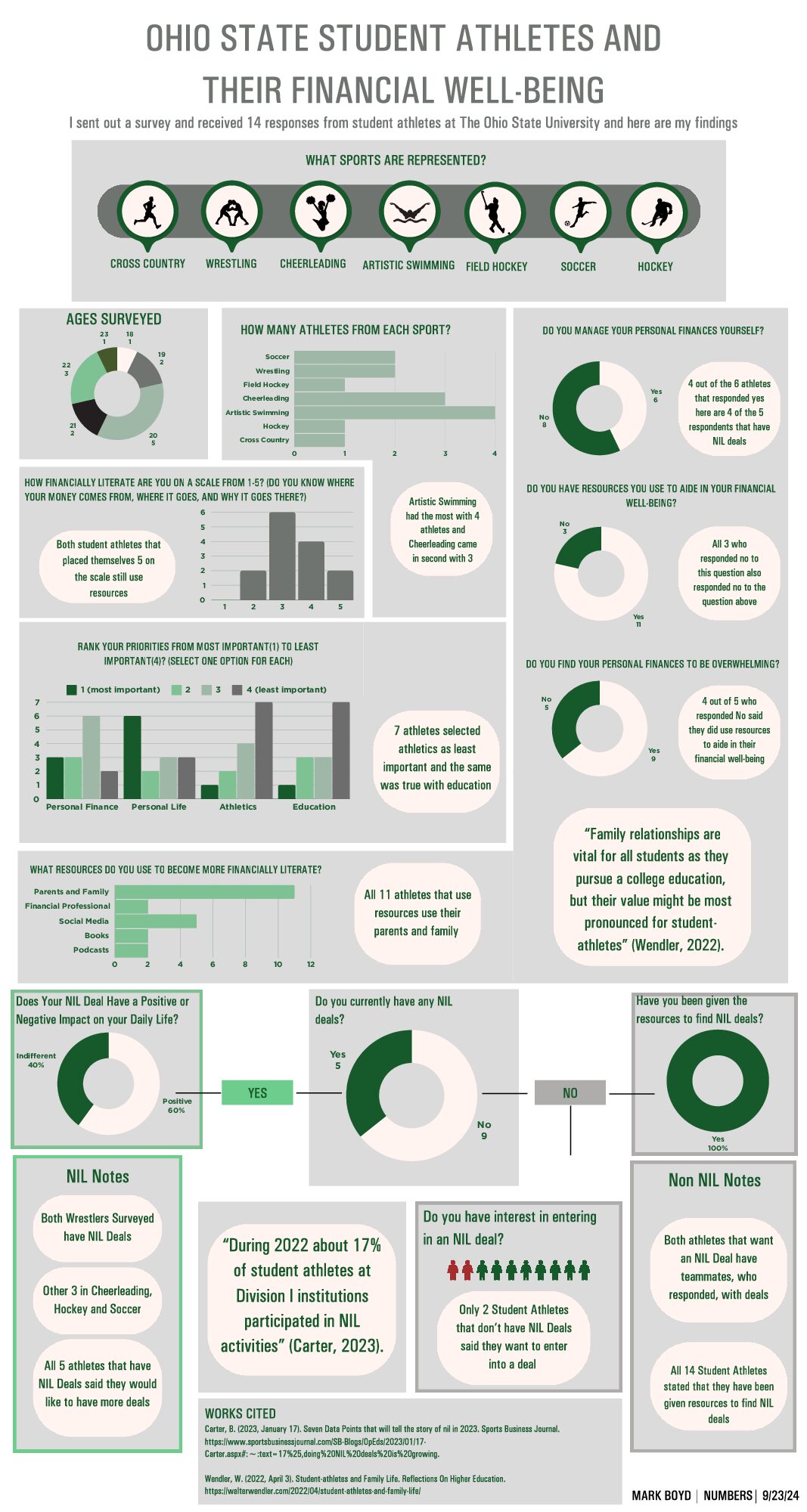The new autonomous vehicle contract on Ohio State’s Main Campus handles micro-transit with real-time route adjustment and software driven ride assignments. “We liken our vehicles’ operations to that of algorithm based structural design: We could never have come up with the decision making process without the software behind it. The unorthodox paths are making calculations in real-time based on so many variables that only an AI would be able to make sense of it all. 20 years ago, this was just another Design Fiction practice of Futurism. “ – CEO of Big-Business AV.
Big-Business AV won the bid to become the University’s first micro-transit authority on campus. So far, students seem to think that riding in the BBAVs is “cool” and that they love it more when it’s too hot or cold. OSU was able to clear up some operating budget space by reducing the Campus Area Bus Services. The move has made OSU a top recruiter in the Innovation disciplines, with their expansion to West Campus and a transit system to get the students there. Some students dislike the BBAVs riding on pathways they used to not have to worry about any motorized vehicles on (except the occasional campus safety patrol).

A real advantage has been the fact that there is no driver, physically. So it opens up space for additional seating and standing. The BBAVs easily carry 10 to 12 people and are electric powered. Because there is no driver, there is no one to keep an eye on activity inside a BBAV, so there are cameras mounted in each one for monitoring events.
Problem: Distance + Safety. The autonomous vehicles address the issues of distance with point of origin pickup, and destination point dropoff. The issue of safety is still a bit of a concern as a camera has been found to be less deterrent of incidents during ridership than a real life driver. Fleet size has become much more than anticipated with high demand times.




